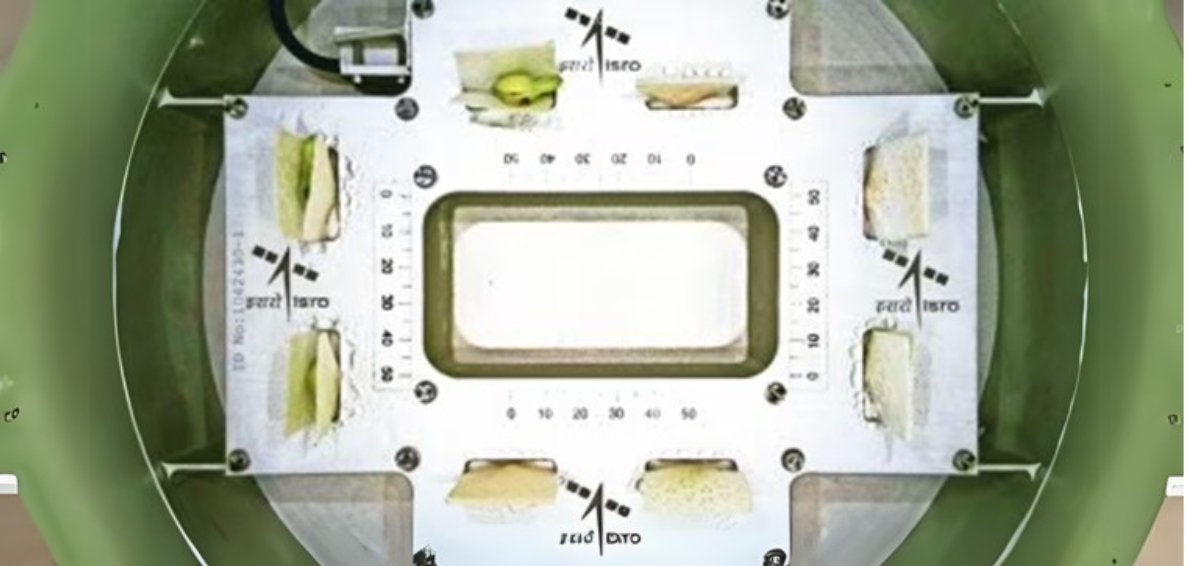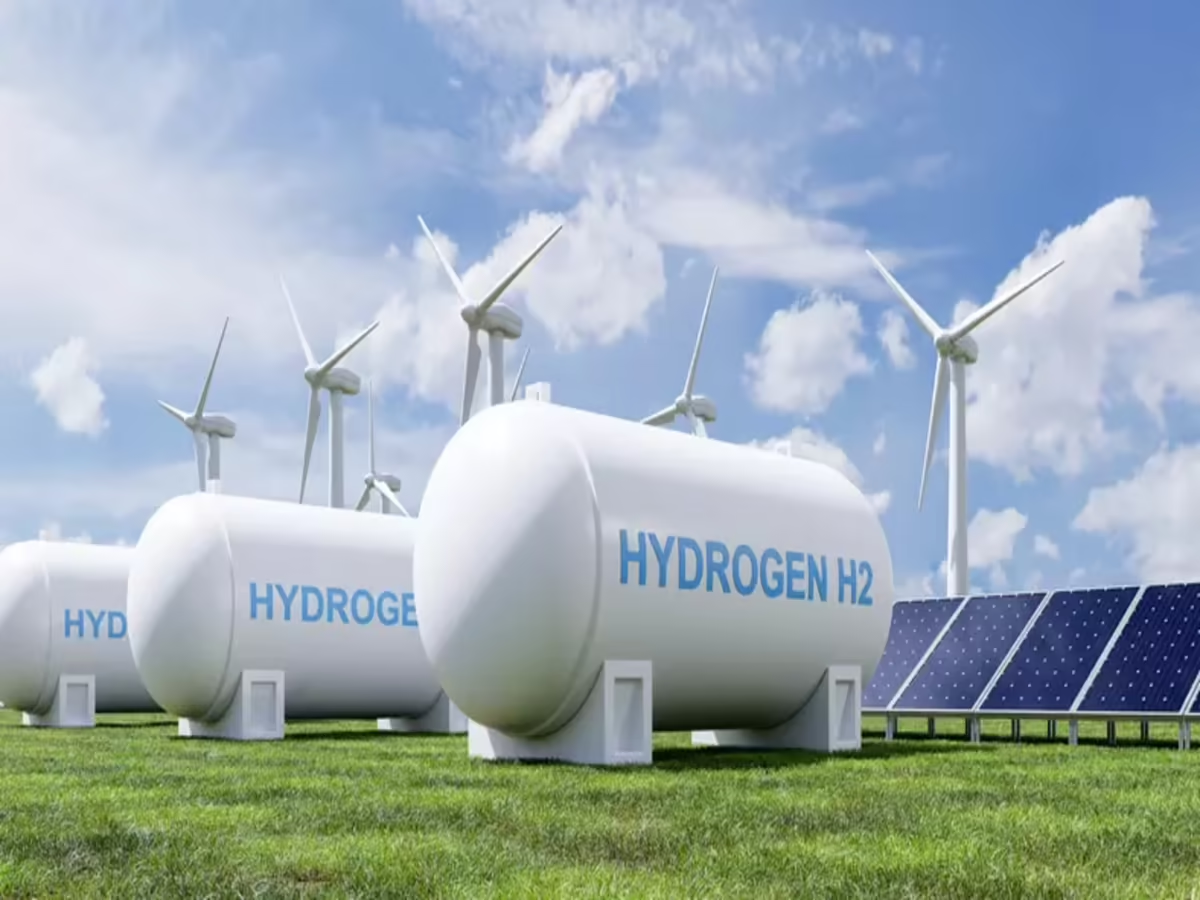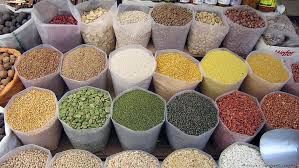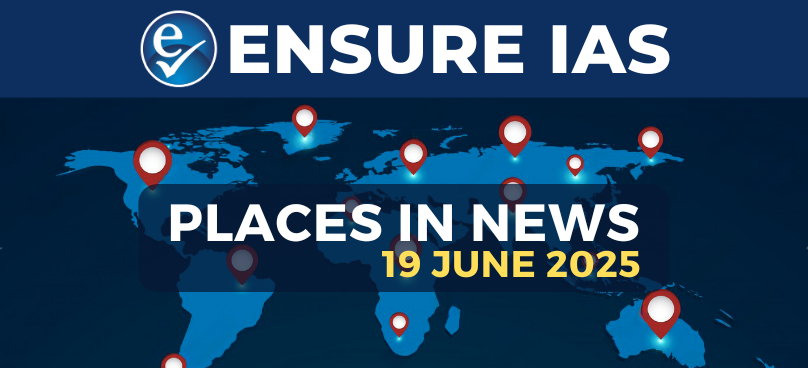- Courses
- GS Full Course 1 Year
- GS Full Course 2 Year
- GS Full Course 3 Year
- GS Full Course Till Selection
- Answer Alpha: Mains 2025 Mentorship
- MEP (Mains Enrichment Programme) Data, Facts
- Essay Target – 150+ Marks
- Online Program
- GS Recorded Course
- Polity
- Geography
- Economy
- Ancient, Medieval and Art & Culture AMAC
- Modern India, Post Independence & World History
- Environment
- Governance
- Science & Technology
- International Relations and Internal Security
- Disaster Management
- Ethics
- NCERT Current Affairs
- Indian Society and Social Issue
- NCERT- Science and Technology
- NCERT - Geography
- NCERT - Ancient History
- NCERT- World History
- NCERT Modern History
- CSAT
- 5 LAYERED ARJUNA Mentorship
- Public Administration Optional
- ABOUT US
- OUR TOPPERS
- TEST SERIES
- FREE STUDY MATERIAL
- VIDEOS
- CONTACT US
ISRO's Cowpea Seed Germination in Space
ISRO's Cowpea Seed Germination in Space
06-01-2025

- On January 4, 2025, the Indian Space Research Organisation (ISRO) announced that cowpea seeds sent to space had successfully germinated.
- The seeds were part of the CROPS (Compact Research Module for Orbital Plant Studies) experiment on the PSLV-C60 POEM-4 platform.
- These seeds sprouted within 4 days after the mission's launch, marking a big achievement in understanding how plants grow in space, especially under microgravity conditions.
- Microgravity is a condition where objects and people seem to be weightless, or where the force of gravity is very small.
- It occurs when objects are in free fall, or accelerating only due to gravity.
Mission Details
- Mission Name: PSLV-C60 POEM-4
- Launch Date: December 30, 2024
- Rocket Used: PSLV-C60
- Platform: POEM-4 (Payload-Oriented Extra Modular Platform 4)
- Orbit: 350 km above Earth
- Number of Seeds: 8 cowpea seeds
- Goal: To study how plants grow in microgravity conditions.
CROPS Experiment: Key Aspects
- Purpose: The main aim of the CROPS experiment is to study how plants grow in space, especially in microgravity (a condition where gravity is very weak, like in space). This research is important for long space missions, like those to the Moon or Mars, where growing food will be necessary.
- Plant Used: Cowpea seeds were chosen because they grow quickly and can adapt to different conditions, making them a good choice for space farming.
- Environment: The experiment was conducted in a closed-box environment with active temperature control to create stable conditions that mimic future space travel.
Experiment Setup
- Seed Placement: The cowpea seeds were placed in a box with temperature control to simulate a stable environment for plant growth.
- Conditions in Space:
- Microgravity: In space, there is little to no gravity, so plants do not grow in the usual upward and downward direction. Instead, their growth is affected more by other factors like light and moisture.
- Temperature Regulation: The system controlled the temperature inside the box to ensure it was stable for the seeds to grow.
- Sensors and Monitoring: The experiment used sensors to measure:
- Oxygen and carbon dioxide levels to understand how the plant breathes.
- Humidity and temperature to ensure the right conditions.
- Soil moisture to track how much water the plants are getting.
- Experiment Duration: The experiment was planned to run for 5 to 7 days, with the aim of tracking the germination of the seeds and their early growth until they reached the two-leaf stage.
Key Findings
- Seed Germination: The cowpea seeds began to germinate within 4 days after launch, showing that plants can grow in space.
- Leaves Expected Soon: According to ISRO, the leaves of the plants should appear soon, meaning the plants are growing well in space.
Scientific Importance
-
Microgravity and Plant Growth:
- In microgravity, plants do not grow like they do on Earth.
- They do not have gravity to guide their growth, which affects things like how they get water and nutrients.
- Understanding how plants grow in this condition is very important for space farming.
-
Space Farming:
- This research is critical for future space missions where astronauts will need to grow their own food.
- The ability to grow plants in space is essential for long missions to places like Mars or the Moon.
-
Automated System:
- The experiment uses a fully automated system, meaning the environment is controlled and data is collected without human intervention.
- This is important for future space stations or missions where humans may not be able to monitor plants every day.
-
Temperature Control and Monitoring:
- The system closely watches and controls key factors like temperature, humidity, and soil moisture to keep the plants alive and growing.
Future Phases of the CROPS Experiment
- The CROPS experiment will continue in future stages, and scientists will monitor the plants as they grow further, especially as they reach the two-leaf stage.
- This research is part of ISRO’s long-term plan to develop systems for growing plants in space, which will be vital for future space habitats on the Moon or Mars.
PSLV-C60 Mission :
- Launch Date: December 30, 2024
- Rocket Used: PSLV-C60 successfully launched two SpaDeX satellites into orbit.
- Platform POEM-4: The fourth stage of the rocket carrying the POEM-4 platform has been orbiting the Earth at an altitude of 350 km.
- Total Experiments: There are 24 onboard experiments on the POEM-4 platform, including the cowpea seed experiment.
Space Docking Experiment
- Chaser Satellite: ISRO also released a video showing the chaser satellite in orbit at an altitude of 470 km.
- Docking Mission: The chaser satellite is expected to dock with a target satellite on January 6, 2025.
- If successful, this will make India the 4th country in the world to master space docking technology after Russia, the USA, and China.
- Space docking is important for assembling space stations, repairing satellites, and ensuring that space missions can be maintained for long periods.
Conclusion
ISRO’s successful experiment of cowpea seed germination in space shows that plants can grow in microgravity. This is a significant step toward ensuring food security for astronauts on long missions. The CROPS experiment is part of ISRO’s ongoing effort to develop the technology to grow plants in space and support life during future space missions.
|
Also Read |
|



